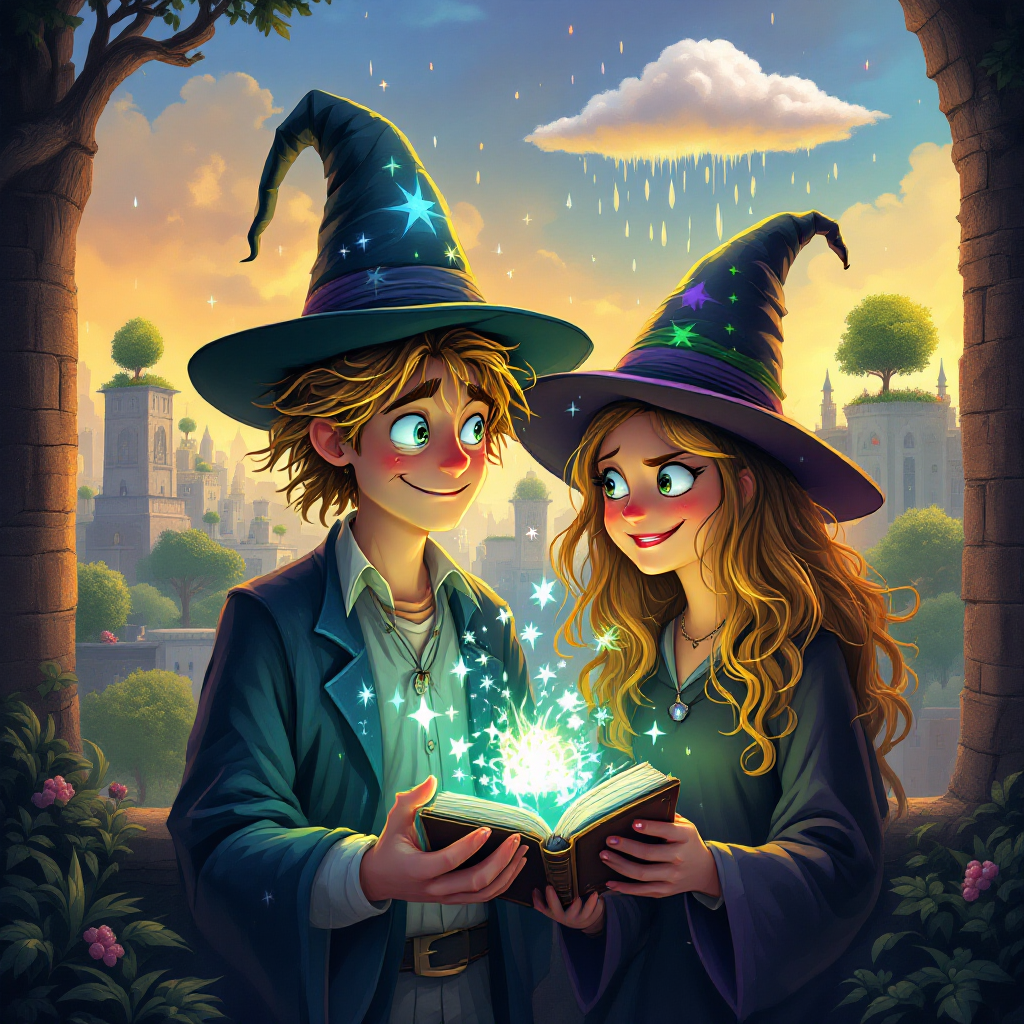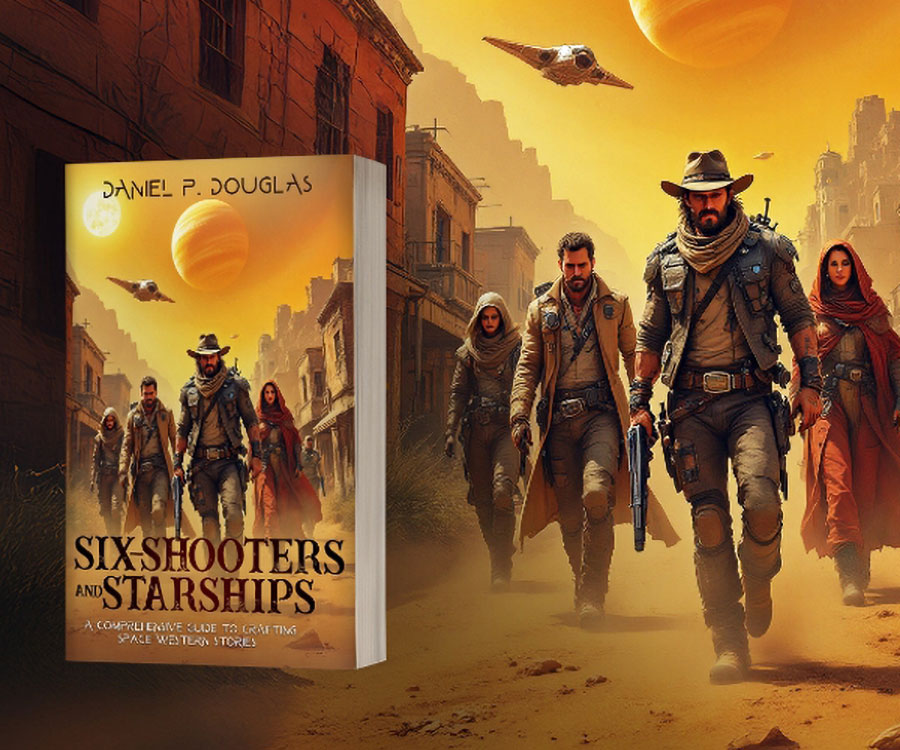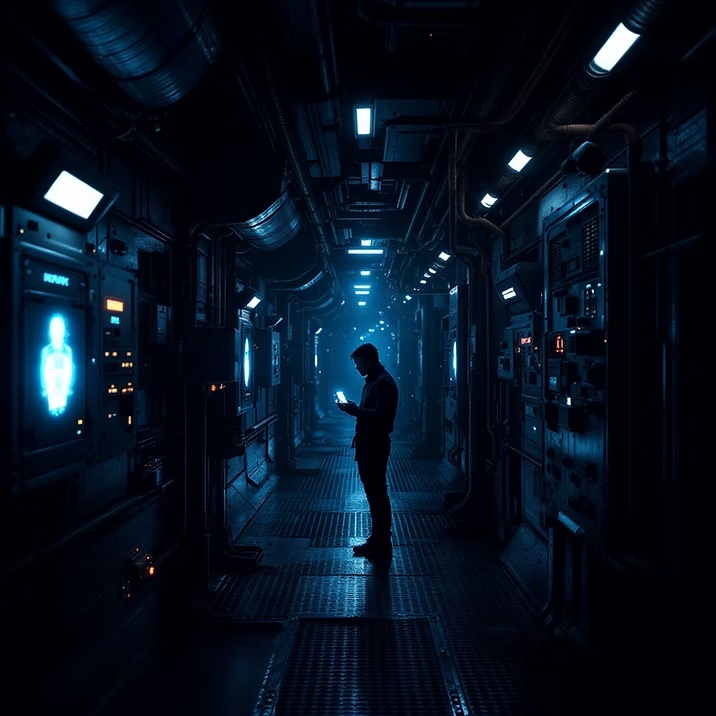Discover how everyday elements like coffee can transform your science fiction writing, creating rich, relatable stories that captivate readers while exploring complex themes of technology and human nature.
Introduction
Picture yourself floating in zero gravity, watching perfectly formed spheres of coffee drift by like tiny planets in your spacecraft’s mess hall. This isn’t just a flight of fancy—it’s exactly the vivid, relatable detail that can transform good science fiction into something great. In my short story, “The Great Space Coffee Caper,” a simple coffee maker becomes the centerpiece of an interstellar diplomatic crisis, demonstrating how familiar elements can ground even the most fantastic scenarios in relatable human experience.
The Art of Brewing Science Fiction
Science fiction often grapples with grand themes: first contact scenarios, advanced technology, and the vastness of space. However, the most memorable stories are those that connect these cosmic elements to everyday human experiences. My short story, which you can read in full at The Great Space Coffee Caper, demonstrates how something as mundane as coffee can become the lynchpin of an engaging narrative.
Grounding the Fantastic in the Familiar
I think the story’s success lies in its ability to blend the extraordinary with the ordinary. The Federation vessel Perfect Blend serves as a diplomatic hub where the fate of interstellar relations hinges not on advanced weapons or complex politics, but on the quality of their coffee service. This clever premise immediately gives readers something familiar to grasp amid the science fiction elements.
Character Development Through Coffee Culture
I tried to use coffee-related elements to develop the characters in memorable ways:
-
Captain Penumbra Luna’s expertise in storm navigation is humorously linked to “sustaining perfect caffeine levels during crisis situations.”
-
The cleaning robot’s obsession with organization drives the plot while providing commentary on automation and artificial intelligence.
-
Even the antagonistic elements, like Dr. Corona Eclipse’s anti-caffeine campaign, reflect real-world debates about workplace productivity.
Crafting Complex Narratives from Simple Elements
Building Tension Through Multiple Layers
The short story hopefully shows how to create tension on multiple levels:
-
External conflict: The approaching geomagnetic storm
-
Internal conflict: The captain’s growing caffeine withdrawal
-
Social conflict: The impending diplomatic mission
-
Mystery element: The missing coffee maker
These layers interweave to create a rich narrative tapestry that keeps readers engaged while exploring deeper themes about technology, diplomacy, and human nature.
Using Humor to Navigate Serious Themes
The story’s humorous elements serve as more than just comic relief. The coffee-themed names and situations (Storm Macchiato, anyone?) create an accessible entry point for exploring more serious themes about cultural understanding, technological dependence, and the role of ritual in diplomacy.
Practical Applications for Writers
Crafting Your Own Science Fiction Story
When developing your science fiction narrative, consider these key techniques I showed in “The Great Space Coffee Caper”:
-
Choose a familiar anchor: Select an everyday element that readers can relate to
-
Build your world around it: Use this element to introduce your setting’s rules and technology
-
Create meaningful conflicts: Ensure your familiar element drives both plot and character development
-
Layer your narrative: Combine personal, professional, and broader societal stakes
-
Use humor strategically: Balance lighter moments with serious themes
Tips for Success
-
Start with the familiar before introducing more fantastic elements
-
Use specific details to make your world feel lived in and real
-
Create conflicts that resonate on both personal and broader levels
-
Don’t be afraid to inject humor into serious situations
-
Ensure every element serves multiple purposes in your story
Future Implications for Science Fiction Writing
It’s my hope that stories like “The Great Space Coffee Caper” suggest a growing appreciation for science fiction that bridges the gap between the cosmic and the everyday. As our own technology advances, these kinds of narratives become increasingly relevant, helping readers process and relate to rapid technological change through familiar experiences.
Conclusion
The art of crafting engaging science fiction lies not just in imagining the future, but in connecting it meaningfully to the present. I think the story shows how something as simple as a cup of coffee can serve as the perfect bridge between the familiar and the fantastic. As you develop your own science fiction stories, remember that the most compelling narratives often arise from finding the extraordinary in the ordinary.
For writers looking to enhance their craft, consider how everyday elements in your own life might serve as launching points for exploring the vast possibilities of science fiction. What familiar object or experience might become the centerpiece of your next story?






